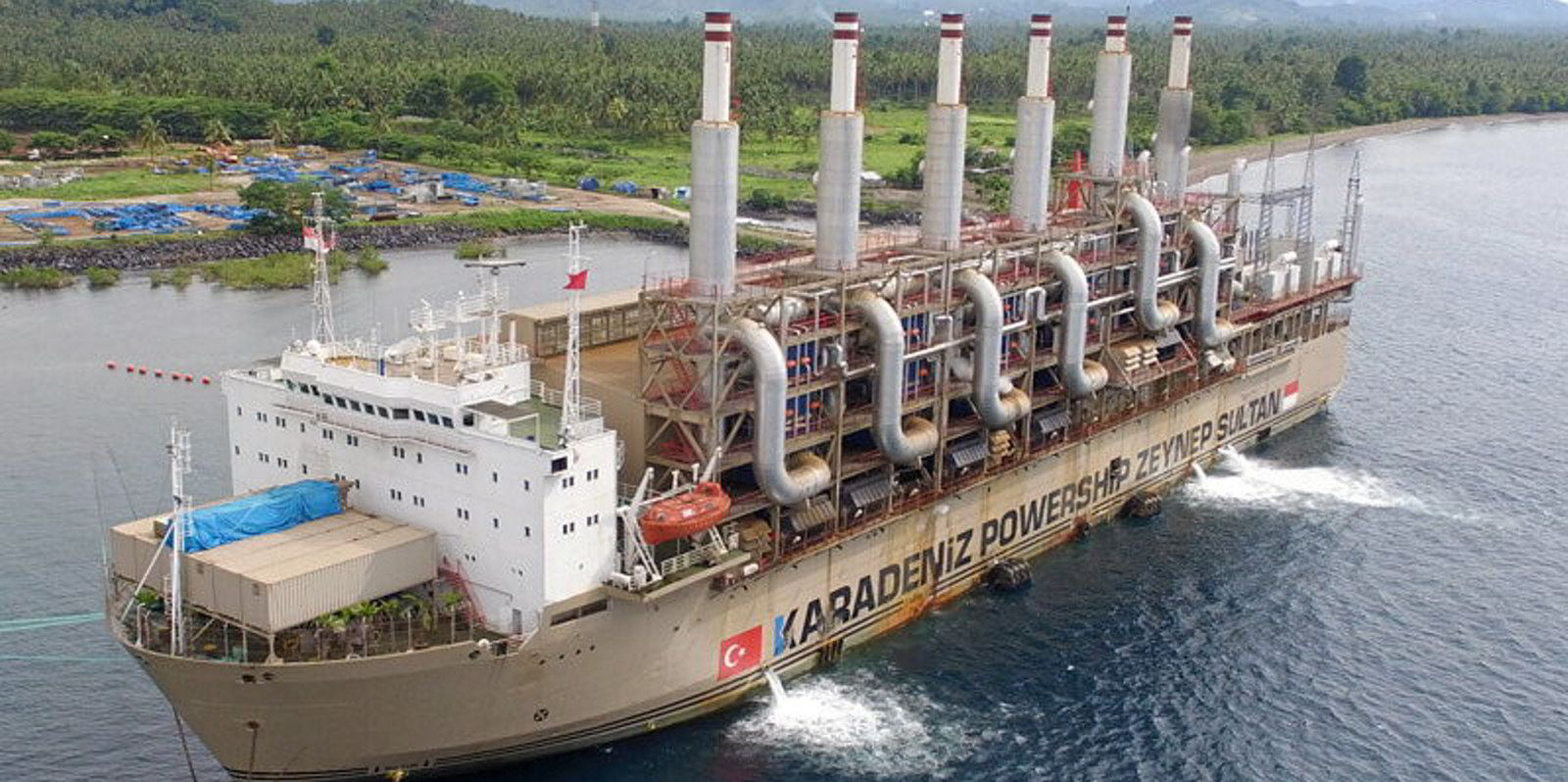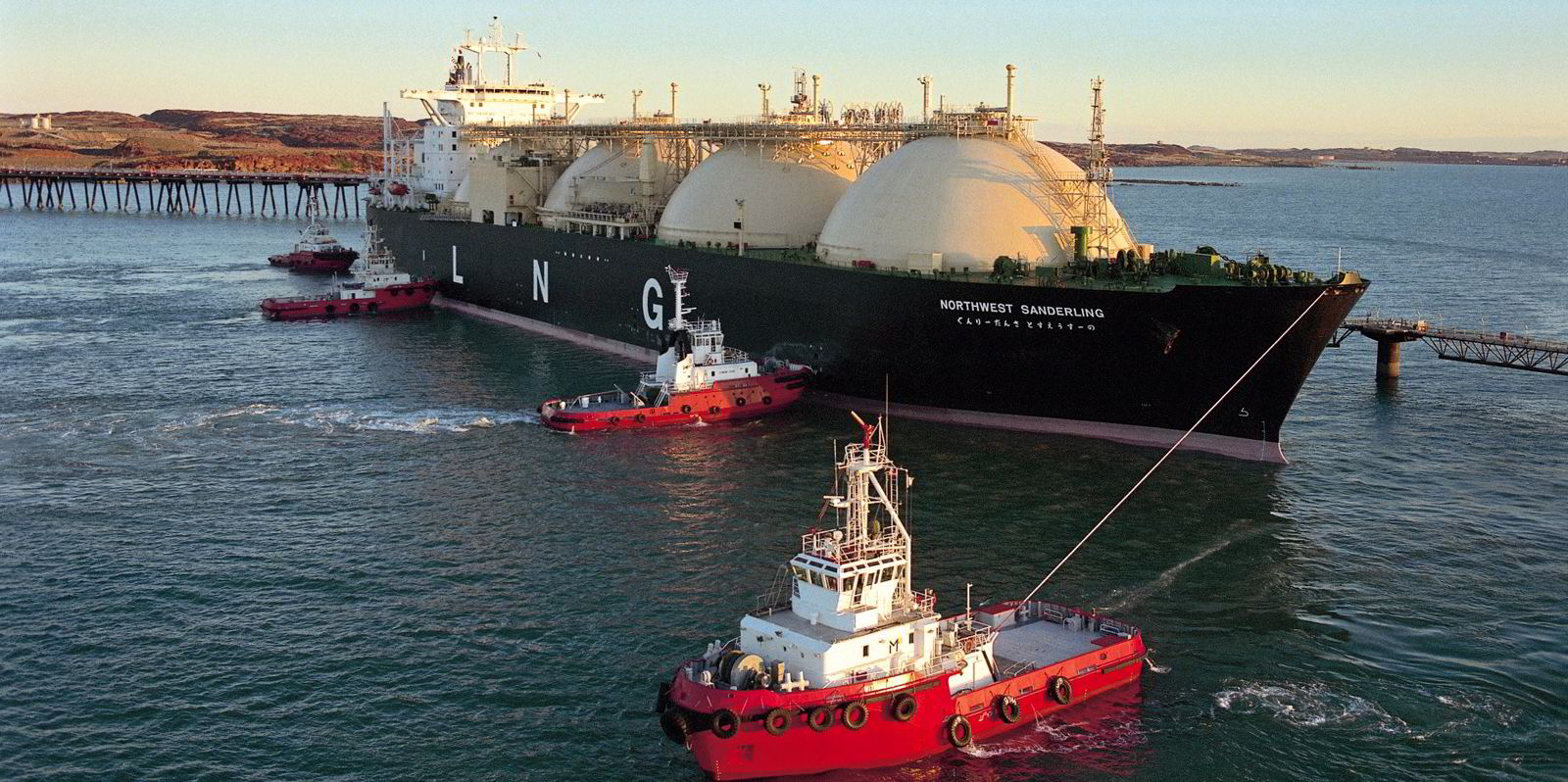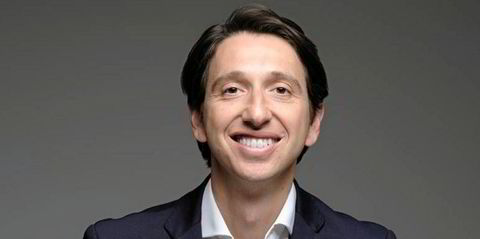Turkey’s Karpowership plans to give the go-ahead for the first of three floating storage and regasification unit-supported powership projects this year.
Speaking at the World LNG Summit & Awards in Athens, Karpowership commercial vice president for LNG Zacherie Fortin-Brazeau said the company plans to take a final investment decision on its Richards Bay project this year.
The project comprises a 450MW powership and a permanently moored FSRU.
Fortin-Brazeau said FID on the Saldanha Bay project, which will feature a 320MW powership and an FSRU, will follow next year.
Karpowership has announced it has received environmental permits for both projects.
Fortin-Brazeau said a third 450MW powership project for Coega Bay, which will also use an FSRU, will take a little longer.
Karpowership and its joint venture partner Mitsui OSK Lines, which work together as KARMOL bought four former Northwest Shelf LNG carriers.
TradeWinds understands that two of these have been allocated for conversion to FSRUs for these first two South Africa projects.
Fortin Brazeau said Karpowership is already operating one FSRU-backed powerships project in Brazil’s Sepetiba Bay. This is served by the 127,452-cbm FSRU KARMOL LNGT Powership Asia (ex-Northwest Shearwater, built 1991).
He said the FSRU — the 125,000-cbm KARMOL LNGT Powership Africa (ex-Dwiputra, built 1994) which arrived in June 2021— and infrastructure are in place for a project in Senegal but the buyer has opted not to use LNG yet and stick with fuel oil.
He said as soon as the gas price flips, there will be an option for them to switch to cleaner burning fuel.
KARMOL also completed the conversion of a third LNG carrier — the 127,000-cbm LNG Vesta (built 1994) — into an FSRU named the FSRU KARMOL LNGT Powership Europe. But it has yet to be deployed.
Fortin-Brazeau also revealed that Karpowership is also developing small-scale land-based liquefaction and also has ambitions to move into floating LNG (FLNG) production for countries unable to develop their own projects.
He said this would involve putting small-scale liquefaction units on ships.
The Karpowership executive said the company is also starting to look at more bio-fuels and blending for its infrastructure.






